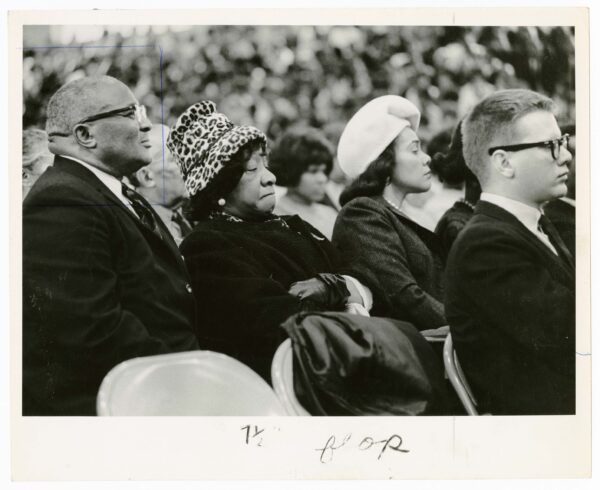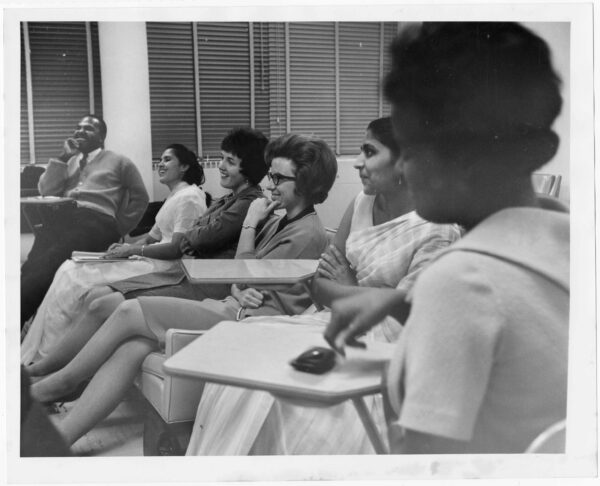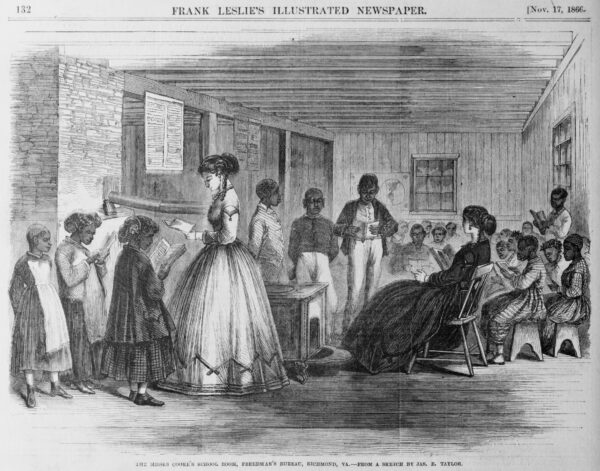Historically Black Colleges and Universities (HBCUs) have played a pivotal role in the history of higher education in the United States, serving as beacons of academic excellence, cultural empowerment, and social progress. These institutions have a rich legacy that extends back to the era of segregation and continue to make profound contributions to the educational landscape and broader society. The creation of HBCUs in the United States is rooted in a complex history shaped by racial segregation, the legacy of slavery, and the pursuit of educational equity for Black Americans. The establishment of HBCUs reflects a resilient response to systemic barriers and a commitment to providing opportunities for higher education to Black communities.
The roots of HBCUs can be traced back to the post-Civil War period when the education of newly emancipated Black Americans became a critical priority. Recognizing the transformative power of education, philanthropists, religious organizations, and abolitionist groups collaborated to establish educational institutions specifically for Black students. This led to the founding of the earliest HBCUs, such as Cheyney University of Pennsylvania (1837) and Lincoln University in Pennsylvania (1854), which served as pioneers in the HBCU movement.
The passage of the Morrill Acts in 1862 and 1890 provided federal support for the creation of land-grant colleges, including those specifically for Black students. This legislation laid the groundwork for the establishment of several HBCUs, emphasizing agricultural and mechanical education to support economic empowerment within Black communities.
Sponsored by Vermont Senator Justin Smith Morrill, the Morrill Act of 1862 aimed to promote the establishment of institutions that focused on agricultural and mechanical education. This legislation allocated federal land to individual states, enabling them to sell the land and use the proceeds to establish colleges emphasizing practical education. Under the provisions of the act, each state was granted a certain amount of federal land, or the equivalent monetary value, to support the establishment of at least one college dedicated to agricultural and mechanical arts. This initiative aimed to broaden educational opportunities and equip students with practical skills to contribute to economic development.
The Morrill Act of 1890, also known as the Second Morrill Act, addressed the issue of racial segregation in higher education by requiring states to provide land-grant status to at least one college for Black students if they were denied admission to existing land-grant institutions. This legislation aimed to promote educational equity by expanding opportunities for Black students to access practical education in agricultural and mechanical fields. It led to the establishment of several HBCUs as land-grant institutions, furthering their role in advancing agricultural and industrial education within Black communities.
During the era of segregation and Jim Crow laws, Black students faced numerous barriers to accessing higher education, particularly because many existing institutions of higher learning were exclusively for white students. HBCUs became increasingly vital as a pathway for Black students to pursue education, fostering a sense of community, intellectual growth, and leadership development.
HBCUs have consistently fostered a nurturing environment that celebrates cultural heritage, promotes academic achievement, and empowers students to excel in their chosen fields. The vibrant campus life, traditions, and extracurricular activities at HBCUs have contributed to the holistic development of students and promoted a legacy of social responsibility and civic engagement. These institutions have been instrumental in producing many Black professionals, scholars, and leaders across various disciplines, including in science, technology, business, the arts, and social justice advocacy. Thurgood Marshall, Oprah Winfrey, Dr. Martin Luther King, Jr., and Toni Morrison are among the many notable alumni from HBCUs who have made indelible contributions to society, shaping the fabric of American history and global progress.
The history and significance of HBCUs stand as a testament to the resilience, determination, and enduring spirit of Black communities in the pursuit of educational equity and excellence. These institutions have not only transformed individual lives but have also shaped the broader landscape of higher education, enriching it with diverse perspectives and contributions. The legacy of HBCUs serves as a reminder of the power of education to uplift, empower, and inspire generations to strive for excellence and create positive change in the world.


